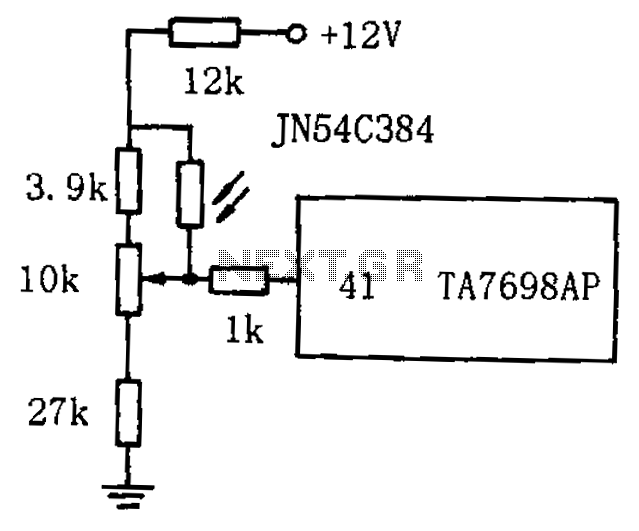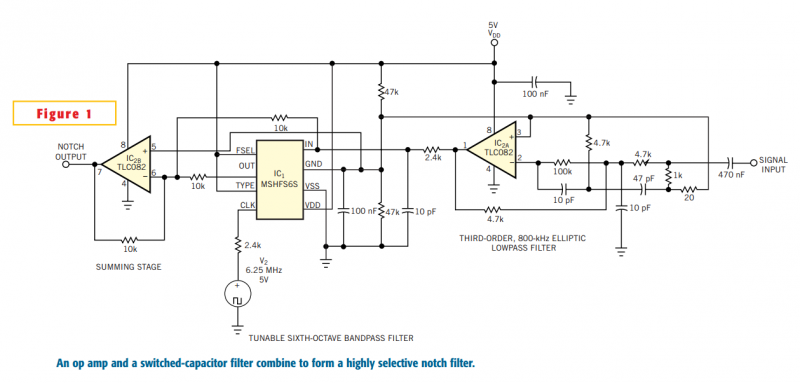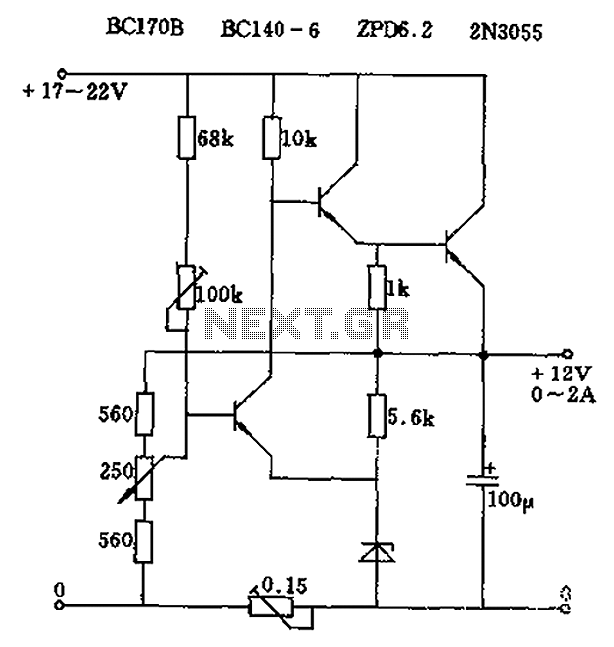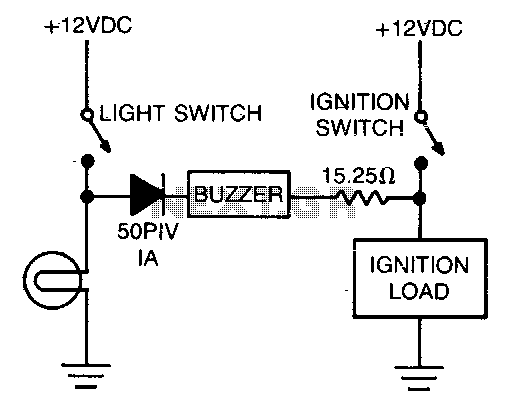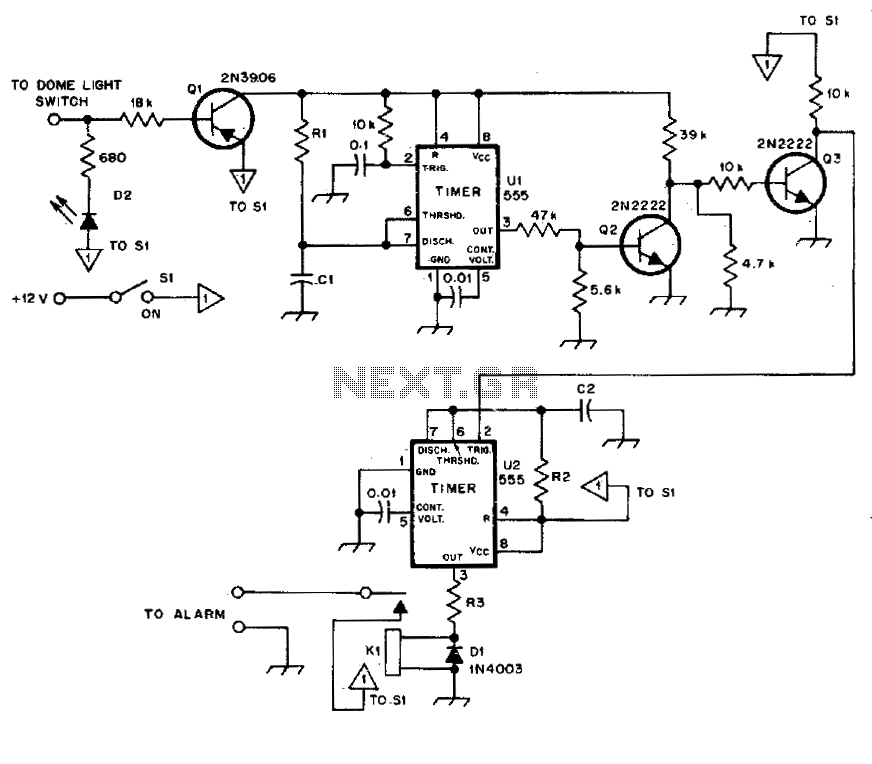
Adjustable Auto transformer

An isolation transformer and a variable auto transformer, very much like a Variac. Fuse 1 protects against gross overload. Lamp 1, across the Fuse 1, is a red incandescent pilot lamp and it lights up in the event of a blown fuse. Imagine how much time this would save when bringing up a stubborn power supply. Take note: Everything that can possibly come in contact with the user is connected to earth ground. In practice, there is also an earth leakage breaker dongle in series with this device.
More: The circuit was carefully assembled using crimp connectors for all of the screw-down connections, with proper insulation via heat shrink tubing. All of the pieces of the steel and aluminum box were connected by bonding wire. All of the conductors were taken from 0.5 square mm lamp cord to assure the required dielectric strength. The earth leakage dongle (GFIC dongle) also passes the earth ground through to the output connector.
The described circuit consists of two primary components: an isolation transformer and a variable auto transformer, commonly referred to as a Variac. The isolation transformer serves to decouple the circuit from the mains supply, providing safety by isolating the user from potentially hazardous voltages. The variable auto transformer allows for adjustable voltage output, enabling the user to modify the voltage supplied to connected devices as needed.
Fuse 1 is strategically placed in the circuit to protect against excessive current, effectively acting as a safeguard against gross overload conditions. In the event of a blown fuse, Lamp 1, which is a red incandescent pilot lamp, illuminates to provide a visual indication of the fault condition. This feature is particularly useful when troubleshooting or bringing up power supplies that may be unresponsive.
Safety is a paramount concern in the design of this circuit. All components that may come into contact with the user are connected to earth ground, reducing the risk of electric shock. Additionally, an earth leakage breaker dongle is included in series with the circuit. This device monitors the current flowing through the circuit and disconnects the supply in the event of an earth fault, further enhancing user safety.
The assembly of the circuit is executed with attention to detail, utilizing crimp connectors for all screw-down connections to ensure reliable electrical contact. Heat shrink tubing is employed for insulation, providing protection against accidental short circuits and environmental factors. The structural integrity of the enclosure, constructed from steel and aluminum, is maintained through the use of bonding wire, ensuring that all parts are securely grounded.
Conductors used in the circuit are sourced from 0.5 square mm lamp cord, which is selected to meet the required dielectric strength for safe operation. The earth leakage dongle (GFIC dongle) is designed to pass the earth ground through to the output connector, maintaining the safety features throughout the entire circuit. This comprehensive approach to design and assembly ensures both functionality and safety in operation.An isolation transformer and a variable auto transformer, very much like a Variac. Fuse 1 protects against gross overload. Lamp 1, across the Fuse 1, is a red incandescent pilot lamp and it lights up in the event of a blown fuse. Imagine how much time this would save when bringing up a stubborn power supply. Take note: Everything that can possibly come in contact with the user is connected to earth ground. in practice, I also have a earth leakage breaker dongle in series with this device. The circuit was carefully assembled using crimp connectors for all of the screw-down connections, with proper insulation via heat shrink tubing. All of the pieces of the steel and aluminum box were connected by bonding wire. All of the conductors were taken from 0.5 square mm lamp cord to assure the required dialectic strength.
The earth leakage dongle (GFIC dongle) also passes the earth ground through to the output connector. 🔗 External reference
More: The circuit was carefully assembled using crimp connectors for all of the screw-down connections, with proper insulation via heat shrink tubing. All of the pieces of the steel and aluminum box were connected by bonding wire. All of the conductors were taken from 0.5 square mm lamp cord to assure the required dielectric strength. The earth leakage dongle (GFIC dongle) also passes the earth ground through to the output connector.
The described circuit consists of two primary components: an isolation transformer and a variable auto transformer, commonly referred to as a Variac. The isolation transformer serves to decouple the circuit from the mains supply, providing safety by isolating the user from potentially hazardous voltages. The variable auto transformer allows for adjustable voltage output, enabling the user to modify the voltage supplied to connected devices as needed.
Fuse 1 is strategically placed in the circuit to protect against excessive current, effectively acting as a safeguard against gross overload conditions. In the event of a blown fuse, Lamp 1, which is a red incandescent pilot lamp, illuminates to provide a visual indication of the fault condition. This feature is particularly useful when troubleshooting or bringing up power supplies that may be unresponsive.
Safety is a paramount concern in the design of this circuit. All components that may come into contact with the user are connected to earth ground, reducing the risk of electric shock. Additionally, an earth leakage breaker dongle is included in series with the circuit. This device monitors the current flowing through the circuit and disconnects the supply in the event of an earth fault, further enhancing user safety.
The assembly of the circuit is executed with attention to detail, utilizing crimp connectors for all screw-down connections to ensure reliable electrical contact. Heat shrink tubing is employed for insulation, providing protection against accidental short circuits and environmental factors. The structural integrity of the enclosure, constructed from steel and aluminum, is maintained through the use of bonding wire, ensuring that all parts are securely grounded.
Conductors used in the circuit are sourced from 0.5 square mm lamp cord, which is selected to meet the required dielectric strength for safe operation. The earth leakage dongle (GFIC dongle) is designed to pass the earth ground through to the output connector, maintaining the safety features throughout the entire circuit. This comprehensive approach to design and assembly ensures both functionality and safety in operation.An isolation transformer and a variable auto transformer, very much like a Variac. Fuse 1 protects against gross overload. Lamp 1, across the Fuse 1, is a red incandescent pilot lamp and it lights up in the event of a blown fuse. Imagine how much time this would save when bringing up a stubborn power supply. Take note: Everything that can possibly come in contact with the user is connected to earth ground. in practice, I also have a earth leakage breaker dongle in series with this device. The circuit was carefully assembled using crimp connectors for all of the screw-down connections, with proper insulation via heat shrink tubing. All of the pieces of the steel and aluminum box were connected by bonding wire. All of the conductors were taken from 0.5 square mm lamp cord to assure the required dialectic strength.
The earth leakage dongle (GFIC dongle) also passes the earth ground through to the output connector. 🔗 External reference
